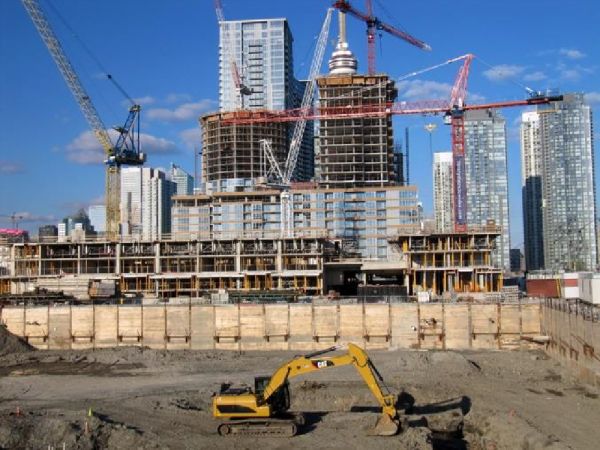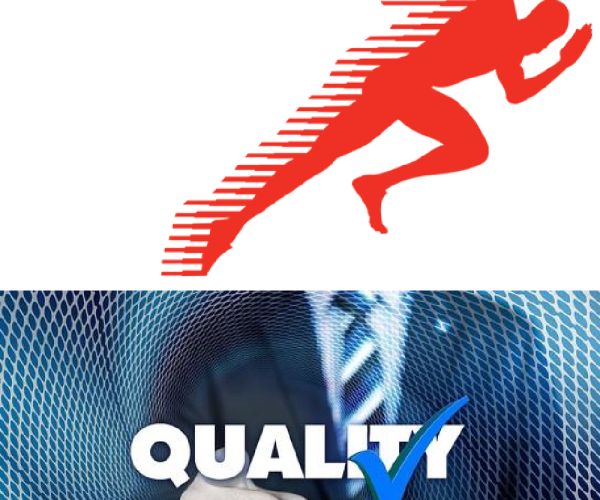
The construction industry has evolved dramatically, offering multiple methods to build a dream home or commercial space. Two popular construction methods are stick-built and panelized construction. Each has its unique characteristics, advantages, and disadvantages. Let us know the difference between these two construction methods, helping you understand and decide which might be the best fit for your project.
What is Stick-Built Construction?


Stick-built construction is a traditional method of building a structure on-site, piece by piece. It involves constructing the framework of the building (walls, floors, and roof) using individual pieces of lumber (sticks). This process is typically done at the construction site, allowing for high customization.
Advantages of Stick-Built Construction:
Customization: Offers high levels of customization. Builders can modify designs during the construction process, accommodating changes and preferences.
Flexibility in Design: Ideal for unique or complex architectural designs that require on-site adjustments.
Local Labor and Materials: Utilizes local labor and materials, supporting the local economy

Disadvantages of Stick-Built Construction:
Longer Build Time: Construction can be time-consuming, as everything is built onsite from scratch.
Weather Dependent: Progress can be hindered by bad weather, leading to delays.
Potential for Inconsistencies: Relies heavily on the skill of the laborers, which can lead to variations in quality.
What is Panelized Construction?

Panelized construction involves building parts of a structure in a factory and then transporting them to the construction site for assembly. This method is often used for walls, floors, and roof trusses.
Advantages of Panelized Construction:
Speed of Construction: Building components off-site can significantly reduce construction time.
Less Weather Dependent: Factory construction means less downtime due to bad weather.
Quality Control: Components are built in a controlled environment, ensuring consistent quality.

Disadvantages of Panelized Construction:
Limited Customization: Modifications can be challenging once the panels are manufactured.
Transportation Costs: Costs can increase due to the need to transport large panels to the site.
Site Preparation: Requires precise site preparation and coordination for assembly.
To sum it up, when choosing between stick-built and panelized construction, you also have to include some important considerations when it comes to customization. Like budget, timeline, and the project’s location. Stick-built construction allows greater design flexibility but can take longer and be affected by weather. In contrast, panelized construction is quicker and offers more consistent quality, but may limit design customization and requires a thorough planning. The right choice depends on your specific project needs and priorities. Both methods are valuable in construction, and the optimal approach varies per project. It’s crucial to collaborate with experienced builders or manufacturers who align with your goals and can ensure high-quality outcomes.

